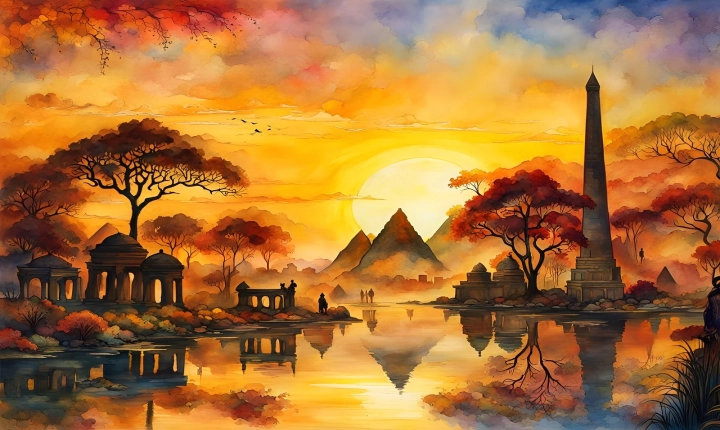AI art has rapidly gained popularity as a novel way to create stunning and thought-provoking pieces of art. The use of artificial intelligence in the creation of art has opened up new possibilities, allowing artists and creators to break free from traditional methods and explore innovative techniques. However, one question that often arises when it comes to AI art is: how long does it take to create a piece of AI-generated art?
The time it takes to create AI art can vary widely depending on the complexity of the piece and the techniques and algorithms used. In some cases, creating a simple AI-generated artwork may take only a few minutes, while more complex pieces may require hours, days, or even weeks to complete.
One factor that influences the time it takes to create AI art is the type of AI algorithm used. Different algorithms have varying levels of complexity and processing power, which can affect the speed at which the AI can generate and render the artwork. For example, generative adversarial networks (GANs) are a popular algorithm used in AI art, known for their ability to create realistic and detailed images. However, the process of training and fine-tuning a GAN can be time-consuming, requiring a significant amount of processing power and data.
Another factor that affects the time it takes to create AI art is the level of customization and refinement required. While some AI art can be generated quickly using pre-existing models and datasets, more intricate and personalized pieces may involve a longer process of fine-tuning and tweaking parameters to achieve the desired result. Artists may spend time experimenting with different inputs, styles, and training models to achieve a unique and compelling piece of AI art.
Furthermore, the output resolution and quality of the AI-generated art can also impact the time it takes to create. Higher-resolution images or complex multi-layered compositions may require more processing time and resources to render, resulting in a longer creation process.
It’s also important to consider the role of the human artist or creator in the creation of AI art. While the AI algorithm may handle the generation and rendering of the artwork, the human artist often plays a crucial role in guiding and shaping the creative process. This collaboration between human and machine can influence the time it takes to create AI art, as the artist may iterate and refine the artwork based on the output of the AI algorithm.
In conclusion, the time it takes to create AI-generated art can vary widely depending on a multitude of factors, including the complexity of the piece, the type of AI algorithm used, the level of customization, and the role of the human artist. While some pieces of AI art can be generated quickly, others may require a longer and more involved process to achieve the desired result. As AI art continues to evolve and push the boundaries of creativity, it’s clear that the time it takes to create these innovative artworks will remain as diverse and dynamic as the art itself.
